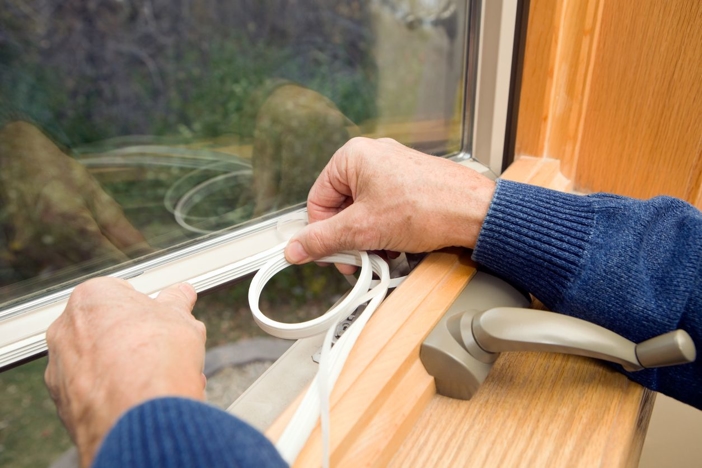Have you begun winterizing your home for the upcoming winter season?
No? Well, you should have!
Winterization of a home in the Northeast should start in the early fall to give you enough time to get everything done. If you wait until mid to late fall, then you’re off to a late start and you should start ASAP.
Here is a quick list of the most important things you should be doing to winterize your home:

Having Your Furnace Serviced
When you think of winter, you think of trying to keep warm from the frigid temperatures outside. The easiest way to do that is to turn on your heating system. However, if yours doesn’t turn on or isn’t heating your home as it should be, then you’ll need to have it serviced and repaired.
Even when your heating system seems like it’s fine, it’s very important to have it serviced every fall to ensure every part and piece is in working order. The last thing you want is for your “seemingly fine” heating system to break down in the middle of winter when temperatures are at their coldest point.
Addressing Windows & Doors
Once your heating system has been serviced, you should focus on your home’s windows and doors. If any window or door doesn’t fit its frame, the warm air from your home will escape. This will force your heating system to work harder, thus increasing wear and tear on the unit and leaving you with a bigger energy bill than you’d like.
Add weatherstripping to the frames of each door and window in your home to seal them in place and prevent any warm air from escaping your home. You may also want to have each window looked at to ensure the window itself isn’t the problem.
Siding Repair
Like your windows and doors, poorly maintained siding can also contribute to heat loss in a home. Siding is meant to protect your home from the outside elements, as well as help insulate your home. Cracks, holes, and gaps in siding weaken this insulation and will allow the heat from within your home to escape.
Therefore, go outside of your home and inspect the siding for any cracks, holes, and gaps. Depending on the damage, you may need additional pieces of siding to cut and cover large holes and gaps, or maybe just caulking to seal small cracks and holes.
Adding Insulation
If your attic (and inside of walls and flooring) isn’t filled with enough insulation, heat can escape your home and head to these spaces. A home with a heated attic won’t just waste money by heating a space that won’t stay warm, it will also lead to ice dams on your roof, as this heat will melt snow on your roof where it will eventually refreeze.
Adding insulation to your home isn’t a DIY job, so you’re going to need to call in the professionals to assess your current insulation. From here, they should add the appropriate amount to help keep your home insulated and energy efficient!
Covering Your Plumbing
Plumbing that’s exposed is at risk. Plumbing pipes that are exposed have a greater chance of bursting during periods of freezing temperatures. Burst pipes are one of the costliest repairs because of the replacement of the broken plumbing, fixing of any water damage to possessions and the structure of the room itself, and the remediation of mold growth.
To help prevent burst pipes, insulate your exposed plumbing pipes with pipe insulation. While you’re at work covering your exposed pipes, look to add an insulation blanket to your water heater tank as well. When this plumbing fixture is exposed, it can lose heat as it tries to keep the water within at a warm temperature.
—
Winterizing your home should happen earlier than you think and there are a few things you HAVE to make sure you do.
When you need a professional plumber or HVAC technician to help you keep your home safe (and warm) this winter season, please give our pros here at Tri-City a call!

